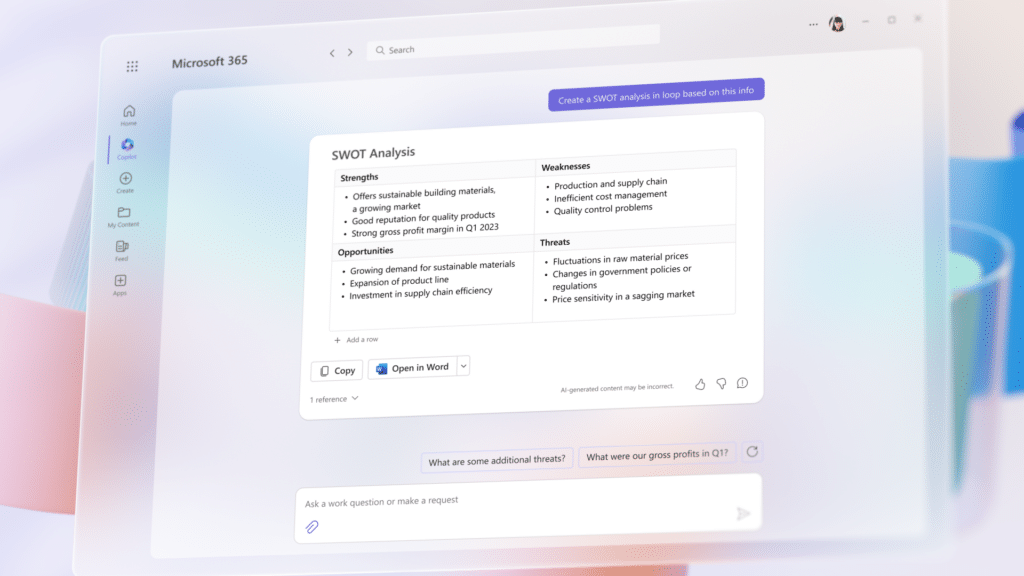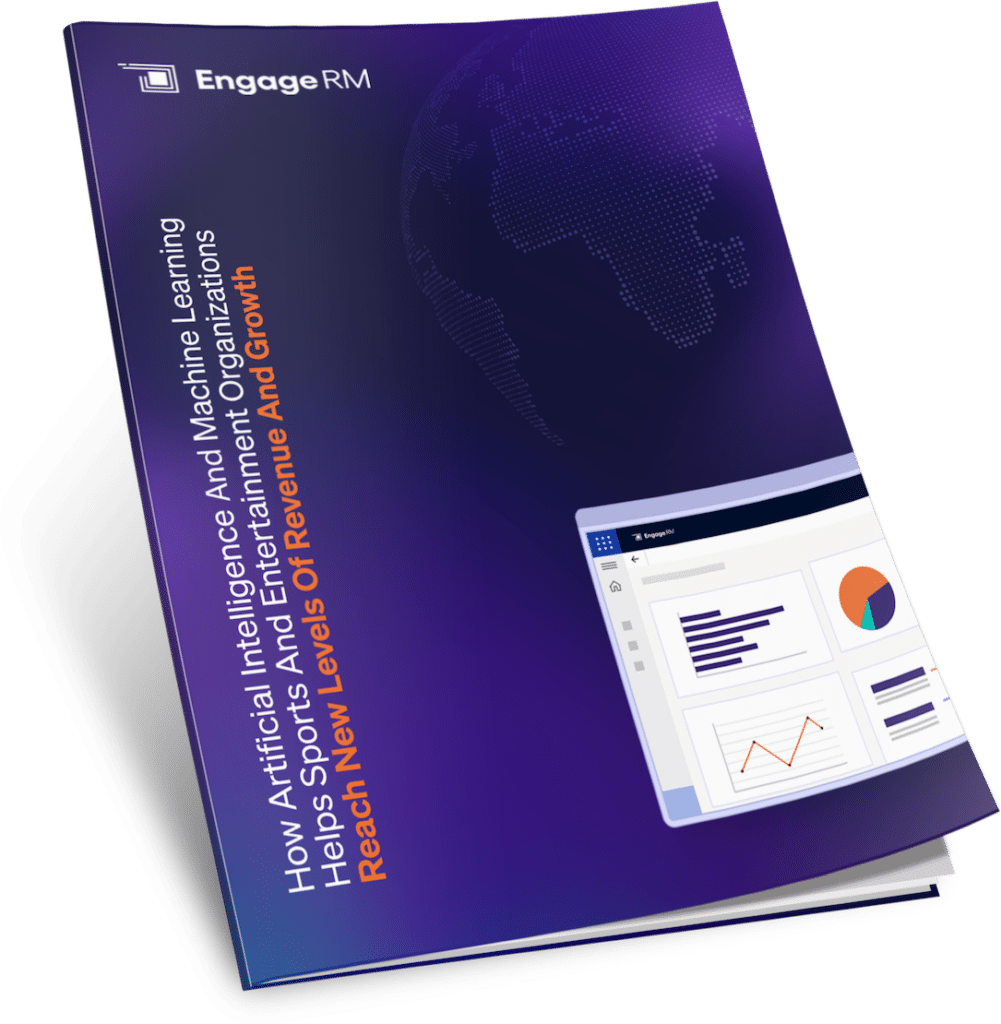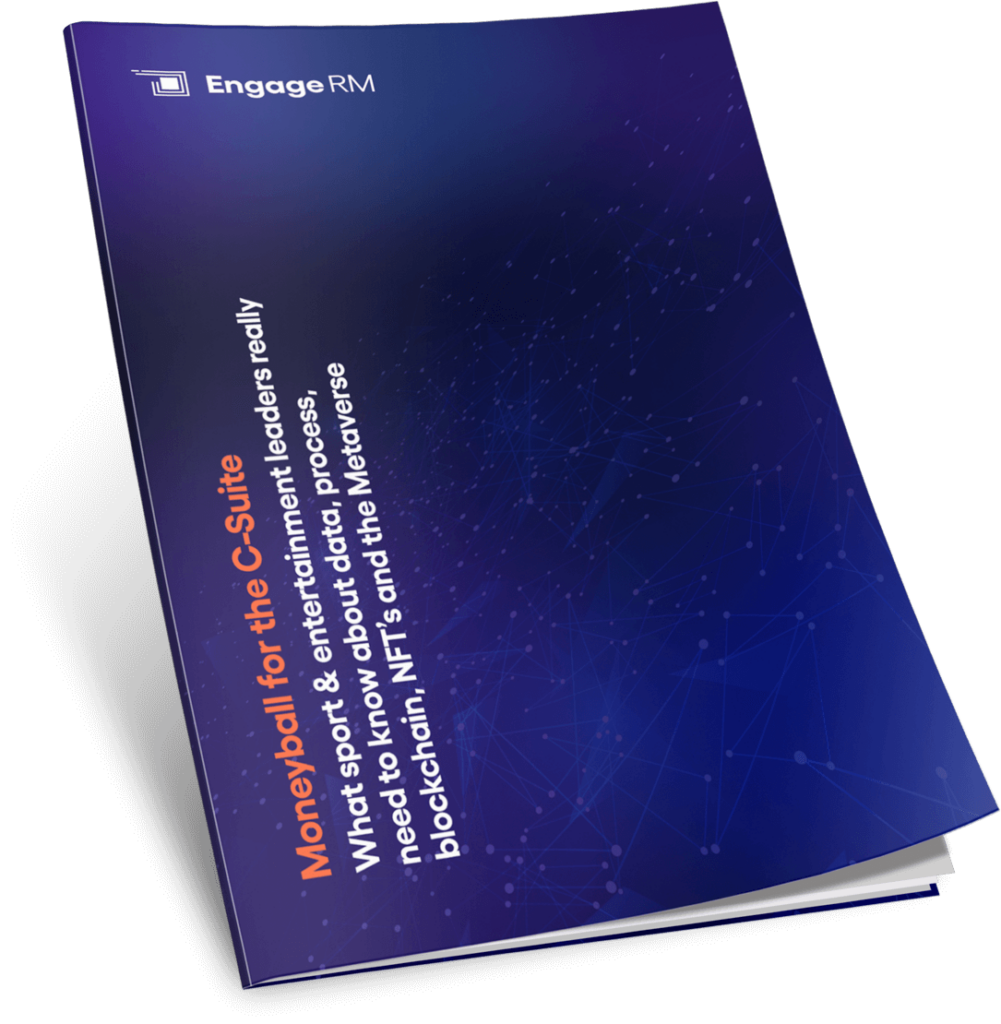AI and the Future of Work – A Measured Transformation | Part 3
18 March 2025
In late February 2025 at the American Australian Association in New York City, Brad Smith, President of Microsoft, shed light on Microsoft’s vision for AI in an interview with Australia’s ambassador to the United States, former Prime Minister Kevin Rudd.
I had the opportunity to be in the room for this discussion, gaining direct insight into Microsoft’s AI strategy and the broader implications for technology, business, and of course, the world of sport and entertainment.
It wasn’t just about the big picture of AI – what stood out to me was how these developments will impact real-world industries, including sports and entertainment. Speaking with others in the room, it became clear that AI’s role in shaping fan engagement, partnerships, premium service, sponsorships, and sports operations is only going to accelerate. Microsoft’s strategy, as outlined by Smith, provides a roadmap for how organizations – sports & entertainment included – should be thinking about AI today.
I found this conversation fascinating and thought others would also. As a result, I’ve created a Four-Part Series, partly assisted by AI, outlining what I consider to be the key points from this exchange and how it might affect business and sport. This article is Part 3.
—
AI Adoption: Why It’s Slower Than Predicted
Artificial intelligence is changing the workplace, but not at the breakneck speed that some predict. AI models are advancing fast, but turning innovation into real-world adoption is a whole different challenge. Businesses don’t just flip a switch – AI adoption takes time, shaped by economic, regulatory, and human factors.
Smith has a pragmatic take on AI’s impact on jobs and workforce dynamics. Unlike OpenAI’s Sam Altman, who sees exponential AI adoption, he takes a more measured approach: AI will transform work, but it will happen in stages, following the same patterns of past technological revolutions.
AI Adoption: The Electricity Comparison
Smith compared AI adoption to electricity—one of the most transformative inventions in history. The technology itself advanced quickly, but it still took decades to fully integrate into homes and industries.
- The tech moves fast. Electricity was available long before businesses figured out how to fully use it.
- Human and economic adaptation lags behind. Workers, companies, and regulators take time to adjust to new ways of operating.
Even today, over 700 million people still lack electricity – a stark reminder that even game-changing technologies don’t spread as fast as we expect.
AI is following a similar pattern. The biggest barriers to full-scale adoption?
- Workforce resistance – Employees worry about job displacement and may push back against AI-driven changes.
- Regulatory uncertainty – Governments are still figuring out AI ethics, labor laws, and compliance.
- Corporate inertia – Large organizations need training, workflow redesigns, and major investment before AI tools become a natural part of their operations.
While Altman believes AI adoption that once took 20 years will now take just two, Smith argues that real-world economic and human factors will slow things down. The reality? AI will integrate into businesses gradually – not overnight.
How AI Will Reshape Jobs: Two Key Shifts
Smith pointed to two major ways AI will change the workforce:
1. AI as a “Copilot” – Individual Adoption
Employees won’t be replaced by AI – they’ll work alongside it (as I am doing in part with this article…). AI-powered tools will become as standard as PCs, email, and cloud computing.
- Microsoft Copilot is leading the charge, seamlessly integrating with Microsoft 365 (Word, Excel, Outlook, etc.) to automate tasks, summarize information, and generate content.
- Power users will emerge—just as spreadsheet masters revolutionized accounting, AI-savvy employees will reshape knowledge work.
- AI will augment roles, making people more efficient rather than obsolete.
Those who embrace AI early will have a competitive edge – just like those who mastered Excel in the early days of digital business.

2. AI-Driven Cost Reduction – Organizational Restructuring
On the corporate level, AI is already reshaping business models. The biggest impact? Cost-cutting and efficiency gains in:
- Customer service – AI chatbots and virtual assistants are replacing call centers.
- Administrative roles – AI is automating repetitive work like data entry, scheduling, and email management.
- Manufacturing & logistics – AI-driven robots and supply chain automation are streamlining operations.
One of the first major shifts? Customer service. Companies are already:
- Replacing human agents with AI chatbots for routine inquiries.
- Redesigning workflows to prioritize AI-driven automation.
- Using predictive AI, which can anticipate customer issues before they even reach out.
Right now, AI adoption is starting at the entry level—but over time, it will reshape entire industries, just like automation did in manufacturing.
Navigating Workforce Resistance & Labor Challenges
Despite AI’s potential to boost productivity, Smith emphasized that societal barriers will slow down adoption. Many organizations are already facing resistance from unions and employee advocacy groups.
A decade ago, at the University of Washington, departments resisted moving to cloud-based computing over fears that IT jobs would be cut. Today, we’re seeing the same pushback with AI.
To navigate the challenges, companies must:
- Ensure ethical AI integration, using AI to enhance—not replace—jobs.
- Invest in reskilling programs, training employees to work with AI rather than compete against it.
- Prepare for regulatory changes, as governments introduce new AI labor laws.
Smith predicts AI will follow the same adoption curve as past technologies: early adopters will lead, while broader workforce transformation will take years—not months.
Final Thoughts: AI’s Future in the Workplace
Smith’s take on AI and jobs cuts through the hype:
- AI won’t replace jobs overnight—it will be a gradual shift.
- Individuals who embrace AI-powered tools like Copilot will gain an advantage.
- Organizations will use AI to cut costs, with customer service leading the way.
- Regulation, workforce resistance, and training will slow full-scale adoption.
AI isn’t a switch you flip—it’s a transformation that will unfold over time, shaped by economic, human, and regulatory realities.
Handled correctly, AI won’t erase the workforce—it will make it stronger. And as EngageRM continues to integrate AI into sports technology, we’re seeing firsthand how AI can empower organizations to work smarter, sell more, and engage their audiences like never before.
—
Next Steps
This is Part 3 of the series. Previously, we have posted:
- Part 1: Microsoft’s AI Strategy – CoPilot, AI Infrastructure, and the Fast-Follower Challenge
- Part 2: How AI is accelerating scientific breakthroughs
Stay tuned for:
- Part 4: Lessons from China’s AI strategy
—
About Brad Smith
Brad Smith has been President of Microsoft since 2015, leading the company’s legal, regulatory, and AI policy strategies. A lawyer by training, he has played a key role in Microsoft’s cloud computing, cybersecurity, and AI governance initiatives. He has been instrumental in forming Microsoft’s strategic AI partnerships, particularly with OpenAI, and is a leading advocate for responsible AI regulation.
About EngageRM
EngageRM is a global leader in sports and entertainment technology, delivering AI-powered CRM solutions that help the world’s biggest leagues, teams, venues, and organizations drive commercial success, streamline operations, and build deeper fan connections.
Built on Microsoft Dynamics 365, EngageRM transforms the way sports and entertainment organizations operate—turning data into action, automating key processes, and unlocking new revenue opportunities through cutting-edge AI-driven insights.
A Trusted Partner in Global Sports & Entertainment
EngageRM is embedded in the global sports ecosystem, working with top leagues and teams across the U.S., Australia, and Europe, including the biggest names in Major League Baseball (MLB), the National Football League (NFL), the National Basketball Association (NBA), the National Hockey League (NHL), Premier League (PL), Australian Football League (AFL), and Major League Soccer (MLS).
By integrating AI and automation into sports & entertainment management, EngageRM helps organizations optimize sponsorships, enhance commercial strategies, and create unforgettable fan experiences—all while making day-to-day operations smarter and more efficient.
Microsoft Partnership: AI-Powered Innovation
EngageRM is Microsoft’s No. 1 Global ISV (Independent Software Vendor) Partner in Sports & Entertainment – a recognition that reflects its leadership in AI-driven CRM and data solutions.
Leveraging Microsoft Dynamics 365, Power Platform, and Azure AI, EngageRM ensures that sports and entertainment organizations stay ahead of the game. From predictive analytics and automated workflows to real-time fan insights, EngageRM enables its partners to make better decisions, grow revenue, and build stronger fan engagement.
With a proven track record of delivering business impact through AI, EngageRM is shaping the future of sports and entertainment technology—helping organizations work smarter, sell more, and engage fans like never before.









